Scientists at the University of Nottingham developed a tooth enamel regeneration gel that rebuilds teeth naturally, a breakthrough in fluoride-free care.


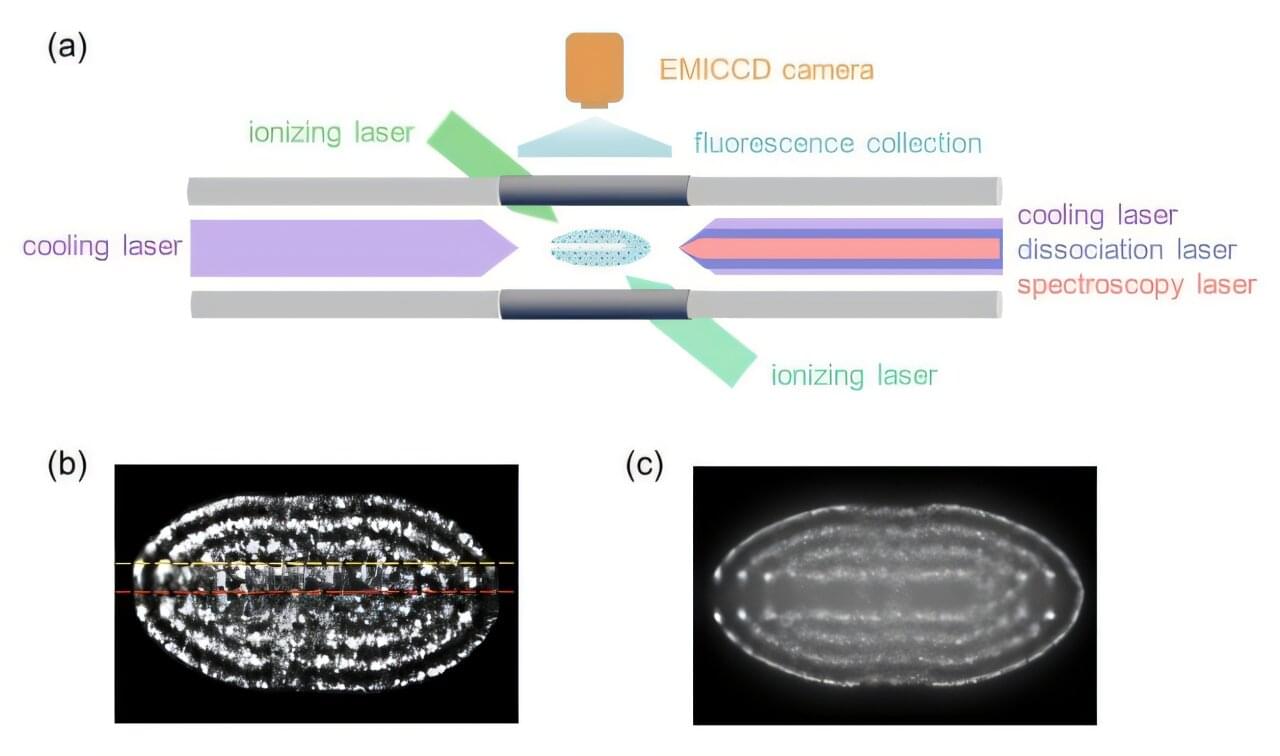
A research team from the Innovation Academy for Precision Measurement Science and Technology (APM) of the Chinese Academy of Sciences has made significant progress in precisely measuring the vibrational-rotational spectra of hydrogen molecular ions (HD⁺).
The researchers prepared a Be⁺-HD⁺ two-component ion Coulomb crystal at millikelvin temperatures in a linear ion trap. They developed an innovative quantum state preparation and spatially resolved fluorescence detection techniques and used these to measure the high-resolution vibrational-rotational transition spectra of HD⁺ molecular ions. Their findings were published in Physical Review A.
HD⁺ is the simplest heteronuclear molecular ion, composed of one proton, one deuteron, and one electron. Its vibrational-rotational transition energies can be precisely calculated, making it an ideal system for testing quantum electrodynamics (QED) theory and determining fundamental physical constants, such as the proton-electron mass ratio.


Yale School of Medicine (YSM) researchers have made key breakthroughs in understanding how to treat fibrotic diseases such as scleroderma and graft-versus-host disease.
Fibrotic diseases are a group of conditions—often autoimmune—characterized by excessive tissue scarring. They can drastically hinder patients’ quality of life, and in some cases, they can be life-threatening— fibrosis contributes to approximately 45% of all deaths in developed nations. However, there are no effective treatments.
Now, in a study published in Blood, researchers have developed a monoclonal antibody that is showing promise as a new therapy for patients. And in a Nature Communications study, the same team discovered a signaling pathway that may be mediating fibrosis and could be a target for future therapies.
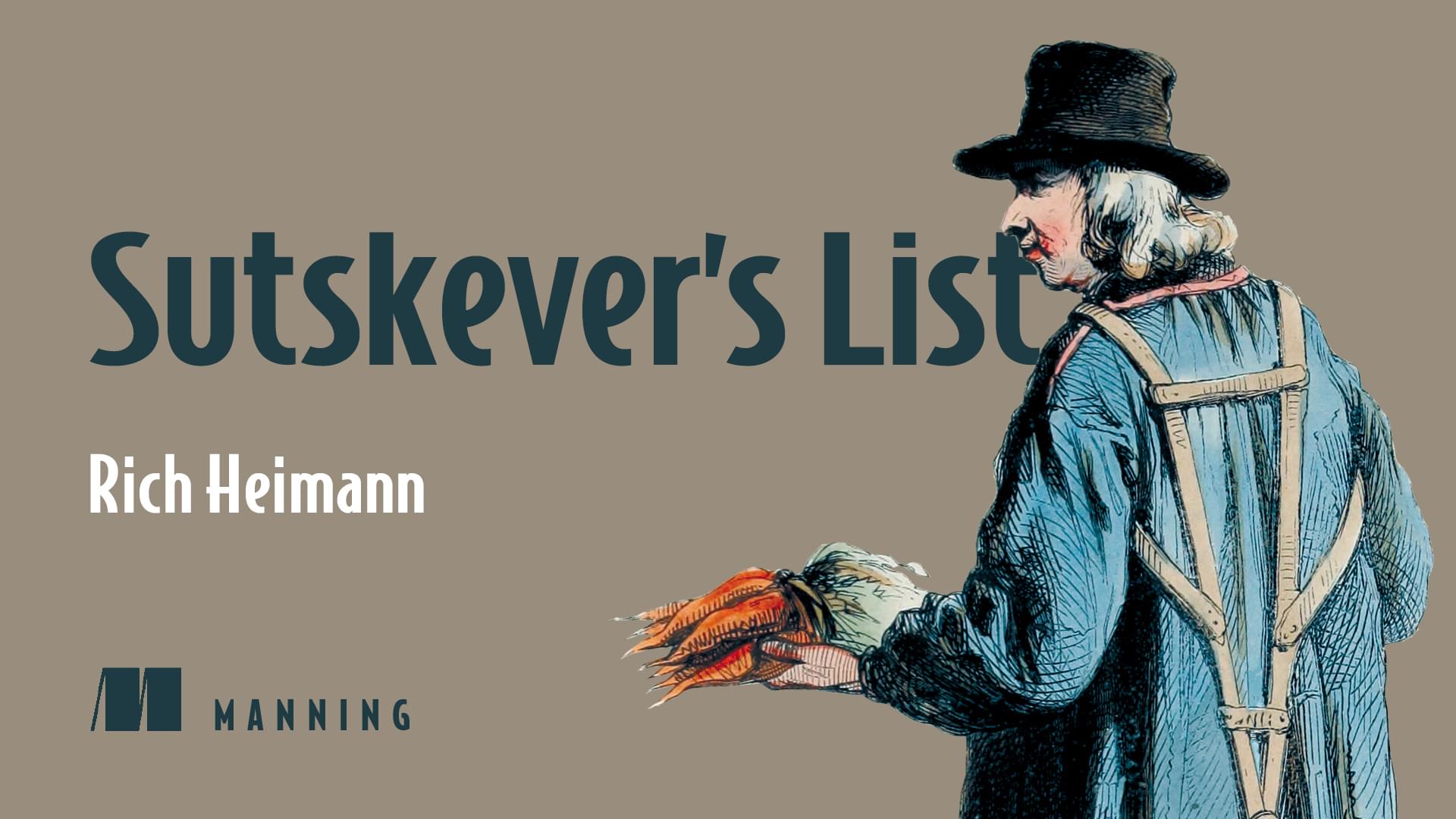
“If you really learn all of these, you’ll know 90% of what matters today.” – Ilya Sutskever.
AI is transforming the world faster than we could have imagined. But how did we get here? AI guru Ilya Sutskever made the bold claim that most of what you need to know about modern AI is captured in 30 seminal research papers on deep learning.
What did Ilya see? Read through Sutskever’s List and you’ll uncover the breakthroughs, ideas, and mental models that shaped his vision and much more, all clearly explained and interpreted by veteran author and teacher Richard Heimann.

EMBL scientists have improved a protein analysis technique, significantly expanding its use and making it 100 times faster.
Swedish chemist Jöns Jacob Berzelius, in a letter to a fellow chemist, first suggested the name “proteins” for a particular class of biological substances, deriving it from the Greek word proteios, meaning “primary” or “of first importance.” Although scientists in the 1830s knew very little about proteins, it was already clear how essential they were to living organisms.
Long-known as the “workhorses of the cell,” proteins are responsible for powering nearly every function in the body. Often critical to this is their interactions with other small molecules known as ligands. In a new study published in Nature Structural and Molecular Biology, EMBL researchers introduce HT-PELSA, a high-throughput adaptation of an earlier tool that detects these interactions. This new tool can process samples at an unprecedented scale, a breakthrough that promises to accelerate drug discovery and our understanding of fundamental biological processes.
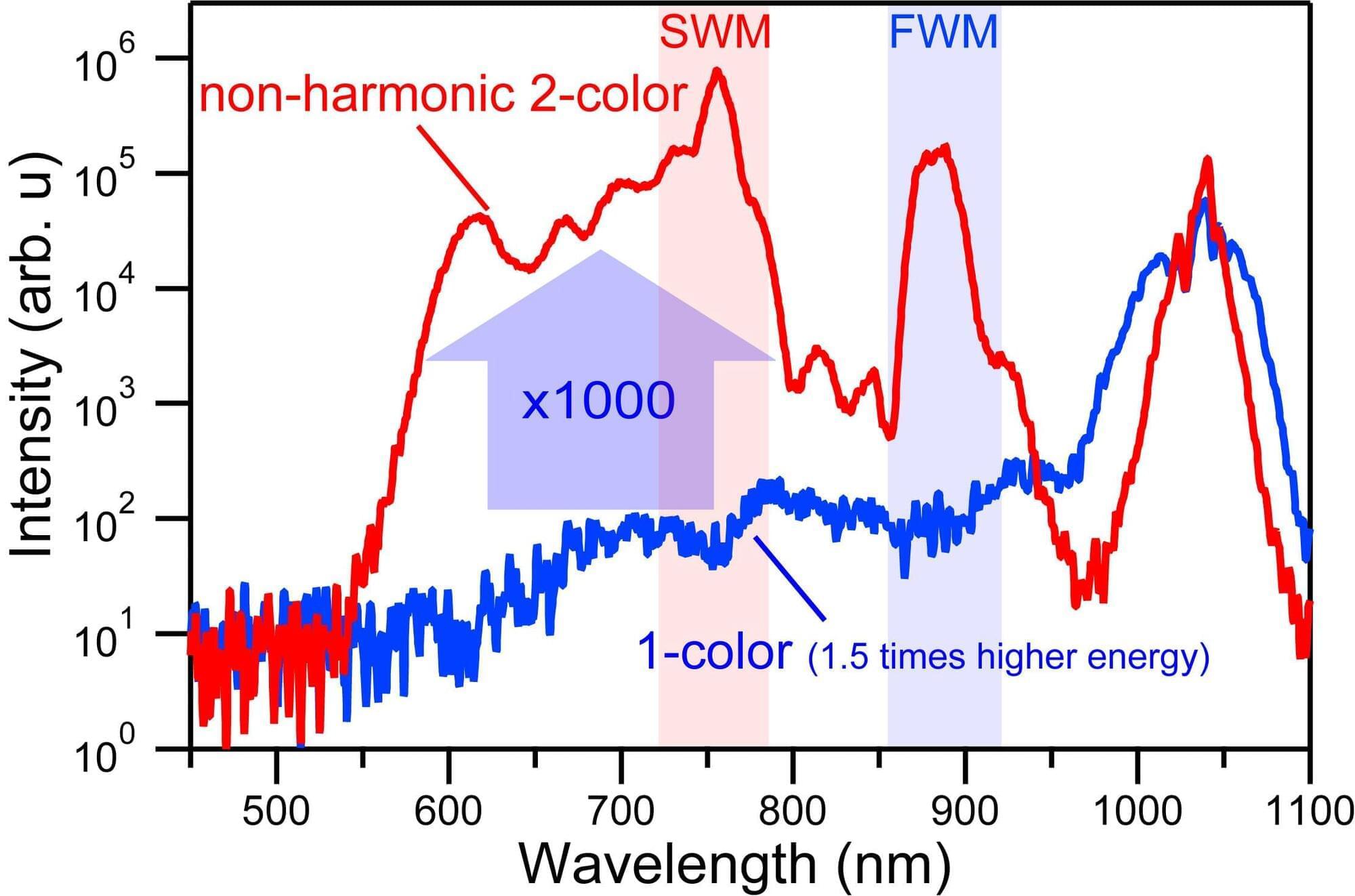
Scientists at Japan’s Institute for Molecular Science have achieved a 1,000-fold enhancement in white-light generation inside water by using non-harmonic two-color femtosecond laser excitation. This previously unexplored approach in liquids unlocks new nonlinear optical pathways, enabling a dramatic boost in supercontinuum generation. The breakthrough lays a foundation for next-generation bioimaging, aqueous-phase spectroscopy, and attosecond science in water.
This work appears in Optics Letters.
Researchers at the Institute for Molecular Science (NINS, Japan) and SOKENDAI have discovered a new optical principle that enables dramatically stronger light generation in water, achieving a 1,000-fold enhancement in broadband white-light output compared to conventional methods.
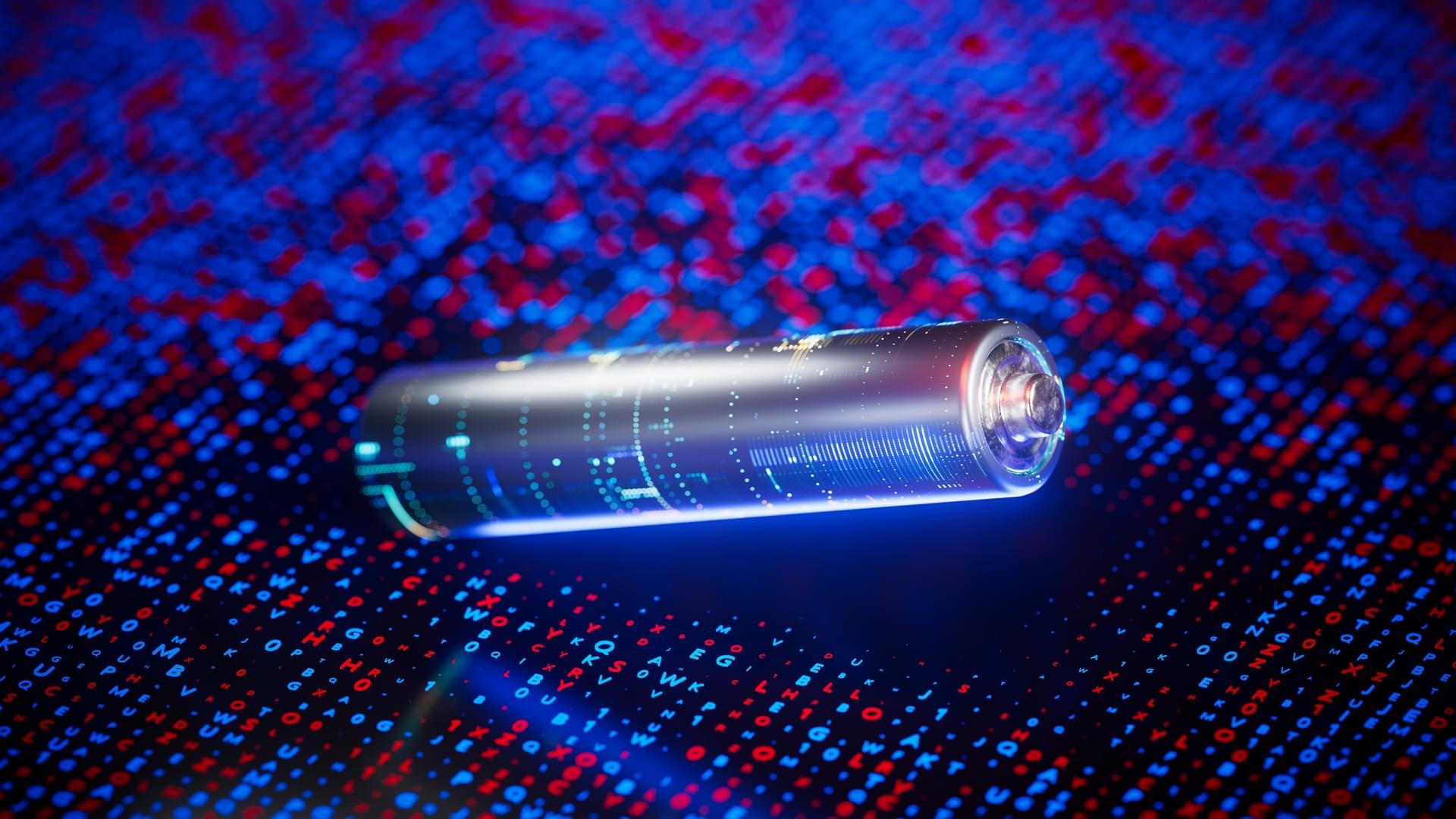

A groundbreaking study reveals a new glycerol-stabilised calcium phosphate gel that can naturally repair early enamel damage, mimicking the tooth’s own mineralisation. This innovation promises a shift from drilling and filling cavities to regenerating enamel, potentially reducing sensitivity and offering long-lasting protection. While human trials are pending, this discovery heralds a future of regenerative dentistry.
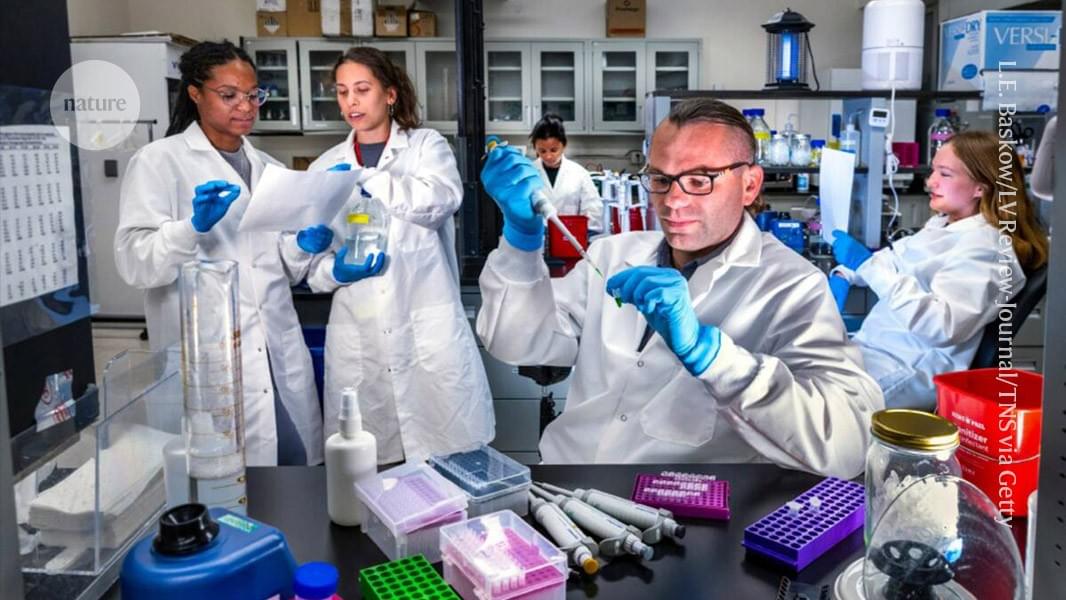
About 68% of respondents said the pressure to publish their research is greater than it was two to three years ago and only 45% agreed that they have sufficient time for research (see ‘Researchers are feeling the pressure’). Another concern is uncertainty over funding — just 33% of respondents expect funding in their field to grow in the next 2–3 years. And that proportion fell to just 11% in North America, reflecting unprecedented cuts to US research funding this year.
“As a researcher based in Brazil, I strongly relate to the survey’s findings, particularly the growing pressure to publish despite limited time and resources,” says Claudia Suemoto, a gerontologist at the University of São Paulo Medical School. “The demand for productivity has indeed increased in recent years, yet opportunities for funding and access to qualified personnel remain constrained in Brazil and other low-and middle-income countries.”
Suemoto says this imbalance of high demands and restricted resources often forces researchers to do more with less, which could affect the quality and innovation of research. Comments researchers made as part of the survey indicate that the lack of time is down to factors including growing administrative and teaching demands and trying to identity and acquire funding.